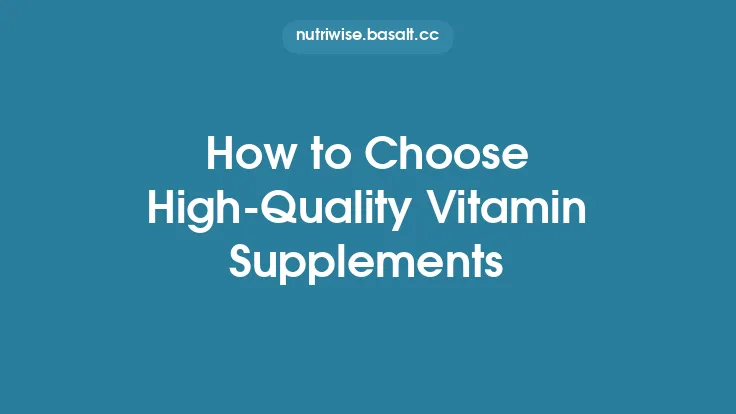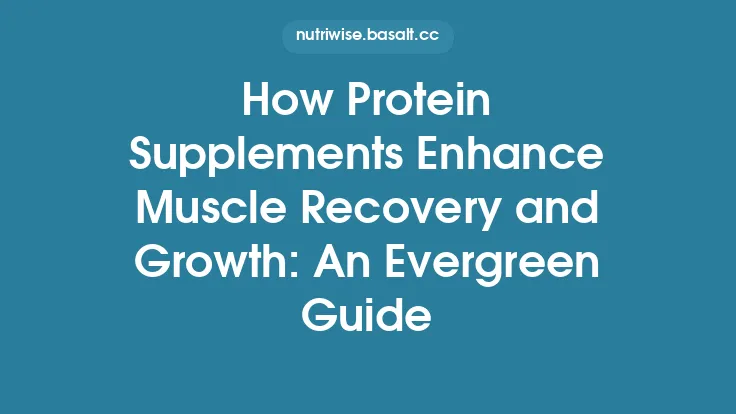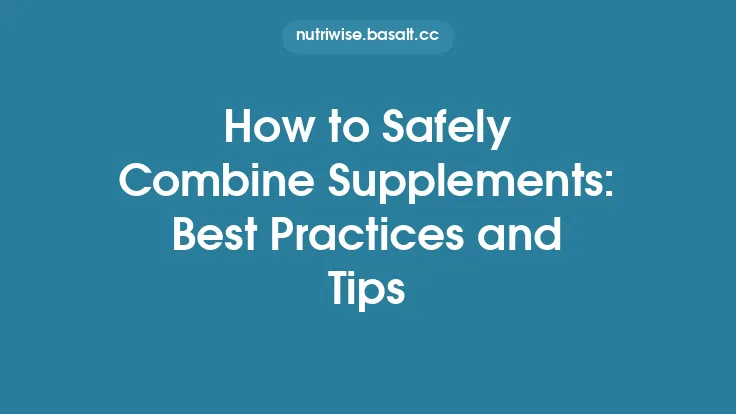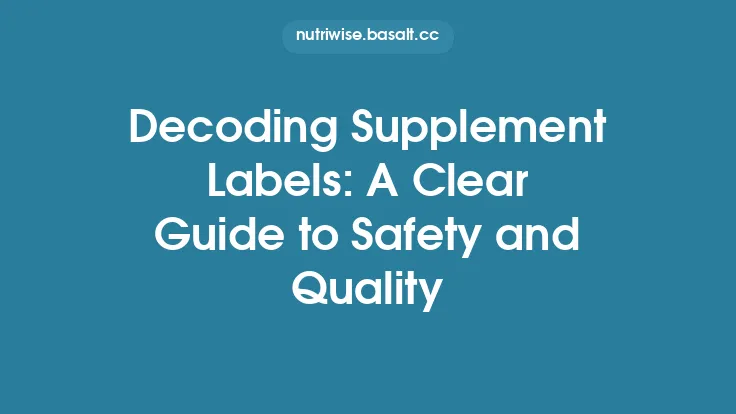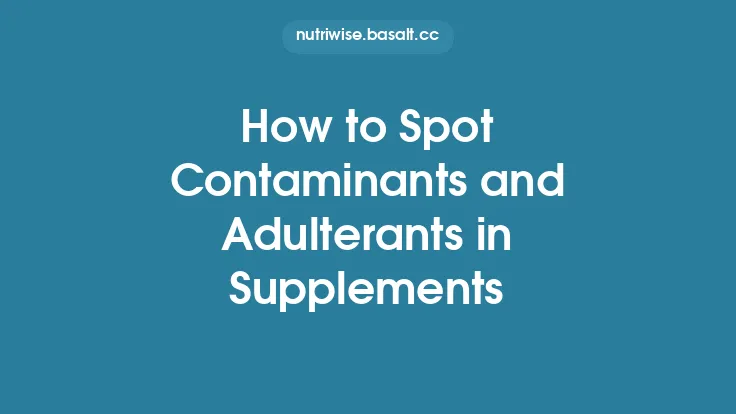Choosing an omega‑3 supplement can feel overwhelming, especially when the market is flooded with countless brands, formats, and price points. While the health benefits of omega‑3 fatty acids are well‑established, the real challenge lies in identifying a product that delivers what it promises without hidden drawbacks. This guide walks you through the practical considerations that separate high‑quality options from the rest, empowering you to make an informed purchase that aligns with your health goals and budget.
Key Quality Metrics to Evaluate
Before diving into specific products, it helps to know which attributes most reliably signal quality. Think of these metrics as a checklist that can be applied to any brand:
- Purity – Absence of heavy metals, PCBs, and other contaminants.
- Oxidation level – Low peroxide and anisidine values indicate minimal rancidity.
- Molecular form – Triglyceride, re‑esterified triglyceride, or phospholipid forms affect absorption.
- Concentration – Amount of EPA and DHA per serving, expressed consistently across batches.
- Manufacturing standards – Good Manufacturing Practices (GMP) and relevant certifications.
- Third‑party verification – Independent testing results that are publicly accessible.
- Packaging integrity – Materials that protect against light, oxygen, and moisture.
By systematically reviewing each of these points, you can narrow the field to products that meet a high baseline of quality.
Purity and Contaminant Testing
Fish‑derived omega‑3 oils are prone to accumulating environmental toxins. Reputable manufacturers address this risk through a multi‑step purification process—often involving molecular distillation or supercritical CO₂ extraction. The end result should be a product that meets or exceeds the limits set by regulatory bodies such as the U.S. Pharmacopeia (USP) for heavy metals (lead, mercury, arsenic) and for PCBs.
When evaluating a supplement, look for a statement that the oil has been tested for these contaminants. The most transparent brands will provide a Certificate of Analysis (CoA) that lists the exact concentrations detected, typically in parts per million (ppm). If the CoA is not readily available on the website, a quick request to customer service should yield the document.
Oxidation and Freshness Indicators
Oxidation is the primary cause of “off‑flavors” and loss of nutritional potency in omega‑3 oils. Two industry‑standard metrics gauge oxidation:
- Peroxide Value (PV) – Measures primary oxidation products; values below 5 meq O₂/kg are generally considered acceptable.
- Anisidine Value (AV) – Assesses secondary oxidation products; values under 20 are typical for high‑quality oils.
Some manufacturers also report the Totox value, a combined index (Totox = 2×PV + AV) that provides a single figure of overall oxidation. A Totox score under 26 is a good benchmark for freshness. When a brand publishes these numbers—or provides a CoA that includes them—you gain confidence that the product has been protected from rancidity throughout processing and packaging.
Molecular Form and Bioavailability
The chemical structure of the omega‑3 oil influences how efficiently your body can absorb the fatty acids. Three common forms dominate the market:
- Natural Triglyceride (TG) – The form found in whole fish; generally well‑absorbed but may be more prone to oxidation.
- Ethyl Ester (EE) – Produced during concentration; requires an additional enzymatic step in the gut for conversion, which can reduce absorption in some individuals.
- Re‑esterified Triglyceride (rTG) or Phospholipid (PL) – Re‑assembled to mimic the natural TG structure or bound to phospholipids (as in krill oil); these formats often demonstrate higher bioavailability.
While the science of absorption is nuanced, a practical rule of thumb is to favor products that use TG, rTG, or PL forms over EE, especially if you are seeking maximal delivery of EPA and DHA per dose.
Concentration and Dosage Consistency
Omega‑3 supplements vary widely in how much EPA and DHA they deliver per capsule or serving. High‑concentration products (e.g., 1,000 mg of combined EPA/DHA in a single softgel) can be convenient, but they also increase the importance of purity and oxidation control.
Consistency across batches is another hallmark of quality. Manufacturers that perform batch‑to‑batch testing and publish the results demonstrate a commitment to delivering the same potency with each purchase. Look for statements such as “each batch is tested for EPA/DHA content” or “consistent potency verified by third‑party labs.”
Manufacturing Standards and Certifications
Adherence to recognized manufacturing standards reduces the risk of contamination, labeling errors, and product variability. Key certifications to watch for include:
- Good Manufacturing Practices (GMP) – Indicates that the facility follows FDA‑approved procedures for cleanliness, equipment calibration, and record‑keeping.
- NSF International – Provides a seal that confirms the product meets strict safety and quality criteria.
- USP Verified – Confirms that the supplement contains the ingredients listed on the label in the declared potency and is free from harmful levels of contaminants.
While not every high‑quality brand will have every certification, the presence of at least one reputable seal adds a layer of assurance.
Third‑Party Verification and Certificates of Analysis
Independent testing is the gold standard for supplement transparency. Organizations such as ConsumerLab, Labdoor, and Eurofins regularly evaluate omega‑3 products for purity, oxidation, and label accuracy. When a brand cites results from any of these labs—or provides a downloadable CoA from an accredited laboratory—it demonstrates a willingness to let the data speak for itself.
A robust CoA will typically include:
- EPA and DHA concentrations (mg per serving)
- Oxidation metrics (PV, AV, Totox)
- Heavy metal and PCB levels
- Confirmation of the molecular form
If the CoA is dated within the past 12 months, you can be confident that the data reflects current production practices.
Packaging and Delivery Systems
Omega‑3 oils are highly susceptible to light, oxygen, and heat. Effective packaging mitigates these threats and preserves potency:
- Opaque, amber‑colored softgel containers block UV light.
- Nitrogen flushing displaces oxygen before sealing, reducing oxidation risk.
- Blister packs provide an extra barrier for each individual dose.
Some premium brands also incorporate enteric coating on softgels, which helps protect the oil from stomach acid and may improve absorption in the small intestine. While these features can add to the cost, they often translate into a fresher, more effective product.
Price, Value, and Cost Considerations
Higher price does not automatically guarantee superior quality, but extremely low‑cost options frequently cut corners on purification, testing, or packaging. To assess value, calculate the cost per milligram of EPA + DHA and compare it across brands that meet the quality criteria outlined above. A mid‑range price point that delivers a low oxidation score, third‑party verification, and a reputable manufacturing seal typically offers the best balance of affordability and efficacy.
Practical Steps for Selecting a Product
- Define your dosage needs – Determine the total EPA + DHA you aim to consume daily.
- Screen for certifications – Prioritize GMP, NSF, or USP‑verified products.
- Check oxidation data – Look for PV < 5 meq O₂/kg, AV < 20, Totox < 26.
- Verify purity – Ensure heavy metal levels are below USP limits (e.g., mercury < 0.1 ppm).
- Confirm molecular form – Prefer TG, rTG, or PL over EE.
- Review the CoA – Request the most recent batch analysis if not posted.
- Assess packaging – Choose opaque, nitrogen‑flushed containers.
- Compare cost per mg – Use the EPA + DHA total to gauge value.
- Read consumer feedback – Look for consistent reports of freshness and absence of off‑flavors.
Following this checklist narrows the field to products that are both safe and effective.
Common Pitfalls and Red Flags
- Missing third‑party data – Brands that do not provide a CoA or reference independent testing may be hiding sub‑par quality.
- Excessively low price – Prices dramatically below market average often indicate reduced purification or compromised packaging.
- High peroxide or anisidine values – Even if the label claims high EPA/DHA, elevated oxidation metrics render the supplement less beneficial.
- Vague “natural” claims – Terms like “wild‑caught” or “pure” without supporting data can be marketing fluff.
- Inconsistent batch numbers – If the same product shows widely varying EPA/DHA amounts across batches, reliability is questionable.
Being vigilant about these warning signs helps you avoid products that could undermine your supplementation goals.
Putting It All Together
Selecting a high‑quality omega‑3 supplement is less about chasing the lowest price and more about verifying a chain of safeguards—from raw material sourcing and purification to final packaging and independent testing. By focusing on purity, oxidation control, molecular form, manufacturing standards, and transparent third‑party verification, you can confidently choose a product that delivers the intended dose of EPA and DHA without unwanted contaminants or degradation.
Armed with the criteria and practical steps outlined above, you’re now equipped to navigate the supplement aisle—or online marketplace—with a critical eye. The right omega‑3 supplement can become a reliable component of your wellness routine, supporting the myriad physiological processes that benefit from these essential fatty acids. Choose wisely, and let the quality of the product reflect the quality of the results you seek.

